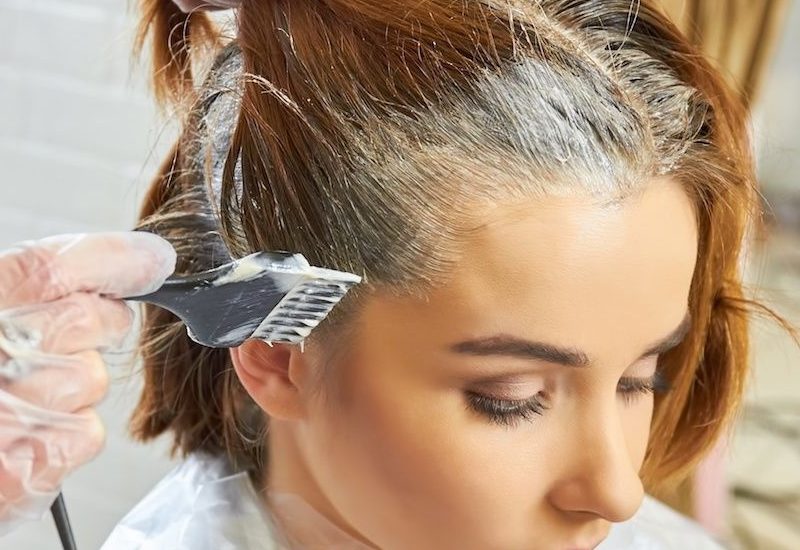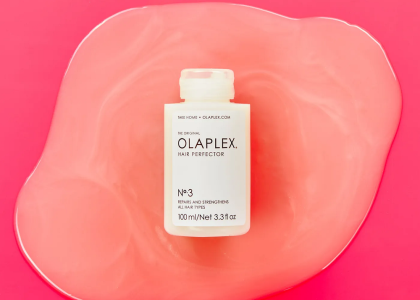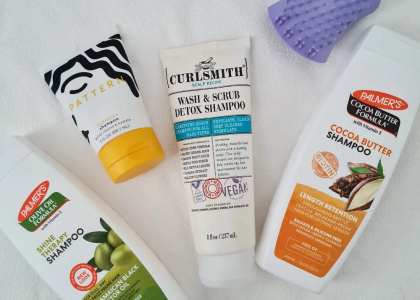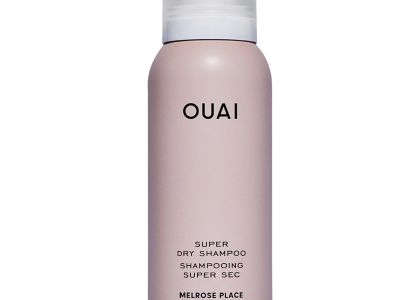Introduction to Hair Dye Poisoning
Hair dyes promise a fresh look, but can hide dangers. Millions use these products, unaware of the toxic chemicals they contain. These chemicals can lead to hair dye poisoning. In this section, we’ll explore what hair dye poisoning is, and the potential health risks involved.
Hair dye poisoning happens when toxic substances in hair dye cause harm to the body. Symptoms can vary, from mild to severe, reflecting the chemical makeup of the dye. It’s not just about a bad hair day; it’s about protecting your health.
The risk is real, especially for those who frequently color their hair. Awareness of the symptoms and understanding the chemicals involved can save lives. In this post, we aim to educate on recognizing hair dye poisoning. We’ll discuss common toxic chemicals, immediate and long-term symptoms, and how to prevent such risks.
It’s vital to understand the ingredients in hair dyes. Some can cause allergic reactions and even long-term health consequences. By being informed, we can choose safer alternatives and use hair dyes responsibly. Let’s dive deeper into this topic in the following sections and help you stay safe while enjoying the benefits of hair coloring.
Common Toxic Chemicals in Hair Dyes
Many hair dyes contain chemicals that pose potential risks to health. Lead and mercury, for example, are two heavy metals that can sneak into dye formulas. Not only are these toxic, but they can also be absorbed through the skin. Reactions to these substances may vary from person to person.
The Role of Lead and Mercury in Hair Dye
Lead and mercury have been found in some hair dyes, and exposure to them can result in lead or mercury poisoning. Lead can cause symptoms like nausea, skin irritation, and even abdominal pain. Mercury exposure can also lead to skin burning and other serious symptoms. While not all hair dyes contain these metals, it’s crucial to be aware of their presence.
Understanding PPD and Its Effects
Paraphenylenediamine (PPD) is common in hair dyes, especially darker shades. It can cause skin redness, swelling, and in severe cases, allergic reactions. Make sure to perform patch tests before use and follow product instructions to avoid negative reactions to PPD.
Symptoms of Hair Dye Poisoning
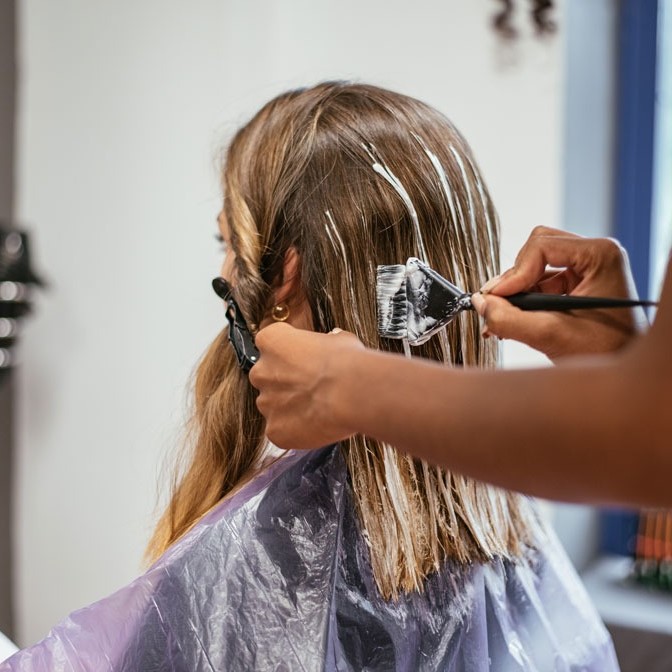
Recognizing the symptoms of hair dye poisoning is crucial for prompt action. Effects can range from mild to severe, based on exposure.
Immediate Physical Reactions to Hair Dye
Immediate reactions can alarm those who just dyed their hair. Some might notice itchiness or local swelling. The scalp, neck, and even face may show redness or irritation. You could feel burning, tingling, or discomfort in these areas. Severe responses include developing blisters or a rash. These symptoms often show up within 48 hours. They signal a need to wash the area and seek care if severe.
Long-Term Health Consequences
Frequent dye users need to watch for lasting effects. Long-term exposure to chemicals can worsen symptoms. Chronic skin conditions, such as eczema, could flare up. Some may experience respiratory issues or suffer from ongoing allergies. Over time, the risk for more serious health concerns rises. It’s important to minimize exposure to harmful chemicals in hair dyes.
How Hair Dye Chemicals Enter the Body
When you apply hair dye, chemicals can penetrate your skin. Direct contact with the scalp allows these substances to seep into your bloodstream. This is how potentially harmful agents like lead and mercury find their way into your body. It’s a concern because it means that hair dye poisoning symptoms can emerge from within.
Skin absorption is a primary route for these chemicals. The scalp has numerous blood vessels, making it susceptible. Once in your bloodstream, these toxic elements travel to various organs. They may cause damage silently over time. This explains why symptoms of hair dye poisoning may not appear immediately.
Breathing in fumes during the dyeing process is another pathway. Toxic elements may enter your lungs and then the blood. These multiple entry points highlight the need for caution and prevention. Recognizing the penetration pathways is your first step in protecting against hair dye poisoning.
Precautions to Prevent Hair Dye Poisoning
To prevent hair dye poisoning, it’s important to take some safety measures. These tips can help avoid exposure to harmful chemicals.
Patch Tests for Allergic Reactions
Before using hair dye, always do a patch test. Apply a small amount of dye on your skin, like behind the ear. Leave it for the recommended time, then check for redness or irritation. If you notice any reaction, do not use the product. This test helps identify allergy to substances like paraphenylenediamine (PPD).
Choosing Safer Hair Dye Alternatives
Opt for hair dyes with natural or less toxic ingredients. Many brands offer PPD-free, ammonia-free, and lead-free options. They can be gentler on your skin. Also, semi-permanent dyes might have lower chemical contents. Reading labels and picking safer alternatives can reduce the risk of poisoning symptoms.
Legal Aspects of Hair Dye Poisoning
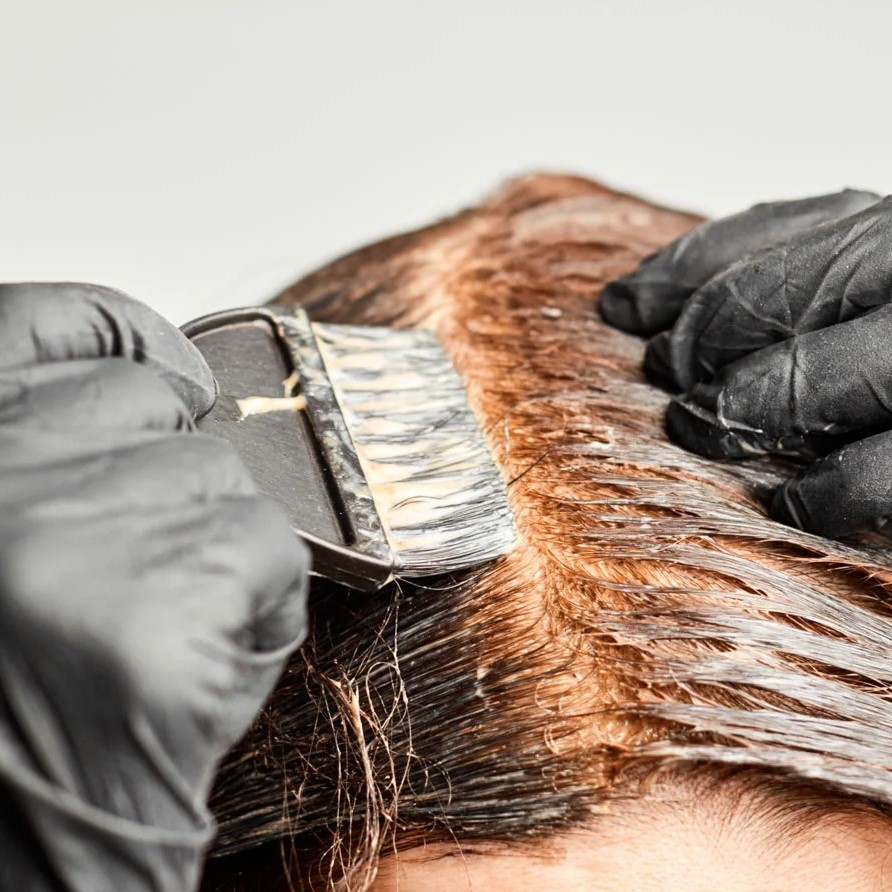
Navigating the legal landscape of hair dye poisoning is a critical step when health issues arise from hair dye use. If hair dye poisoning symptoms lead to significant harm, you may have legal recourse. Understanding your rights can be vital to getting the support and compensation needed.
Seeking Compensation for Hair Dye-Related Health Issues
If you suffer from hair dye poisoning symptoms and suspect it’s due to product use, taking legal action may be necessary. Initially, seek medical help to diagnose and treat symptoms. Doctors’ reports can be pivotal as evidence in a legal claim.
To file a claim, consider these steps:
- Identify the product that caused the symptoms.
- Gather evidence, possibly including medical records and the hair dye packaging.
- Consult a lawyer experienced in product liability or personal injuries.
Constant exposure to toxic hair dye chemicals may result in a lawsuit against the manufacturer. Salons or stylists may also be liable if their actions contributed to the poisoning. In some cases, seeking compensation through legal means is the path to covering medical costs and other related expenses. These might include lost wages or suffering caused by hair dye poisoning symptoms.
Proving negligence or harm from a product requires substantial evidence. Lawyers specializing in such cases can be essential for navigating the process. They aim to ensure victims recover damages for any harm they might have endured.
In conclusion, if symptoms of hair dye poisoning surface, consider the legal route for recourse. A careful approach, with legal guidance, can lead to proper compensation. Be sure to act promptly to protect your rights and health after encountering hair dye poisoning symptoms.
Conclusion and Safety Recommendations
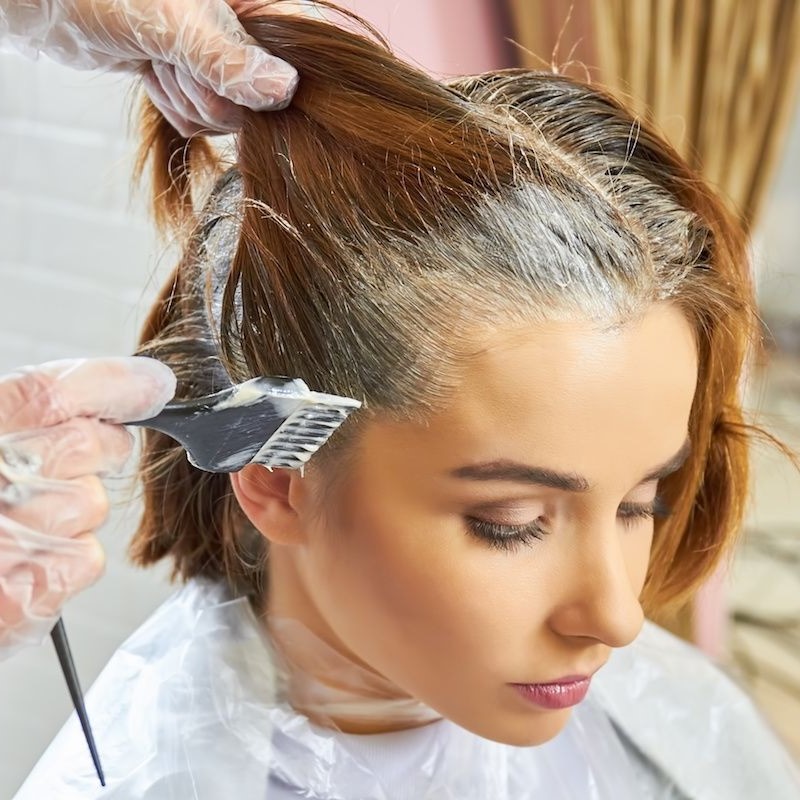
As we wrap up this discussion about hair dye poisoning symptoms, the key takeaway is vigilance. Every time you consider coloring your hair, remember the potential risks and how these chemicals interact with your body. Here are some final safety tips:
- Choose Wisely: Always opt for hair dyes with fewer toxic chemicals. Look for natural, PPD-free, or ammonia-free options.
- Perform a Patch Test: Never skip the patch test–it’s a simple and effective way to prevent allergic reactions to hair dye components.
- Read Instructions Thoroughly: Follow the dye’s application guidelines. Adhering to the recommended time and safety instructions is crucial.
- Note Any Reactions: Pay attention to how your body responds post-dye. Immediate symptoms can include itching or swelling. Delayed reactions are possible too.
- Seek Professional Help: If you show any signs of hair dye poisoning, consult with a doctor promptly. They can provide treatment and advice for your specific case.
- Know Your Rights: If you suffer from severe hair dye poisoning symptoms due to a product, understand that you might be eligible for compensation. Legal advice can guide you through the claims process.
- Spread Awareness: Share what you know about hair dye safety. Your experience can help others make informed choices and avoid harm.
By applying these precautionary strategies, you can enjoy the benefits of hair coloring without compromising your well-being. Stay informed, stay safe, and always prioritize your health when it comes to beauty routines.

